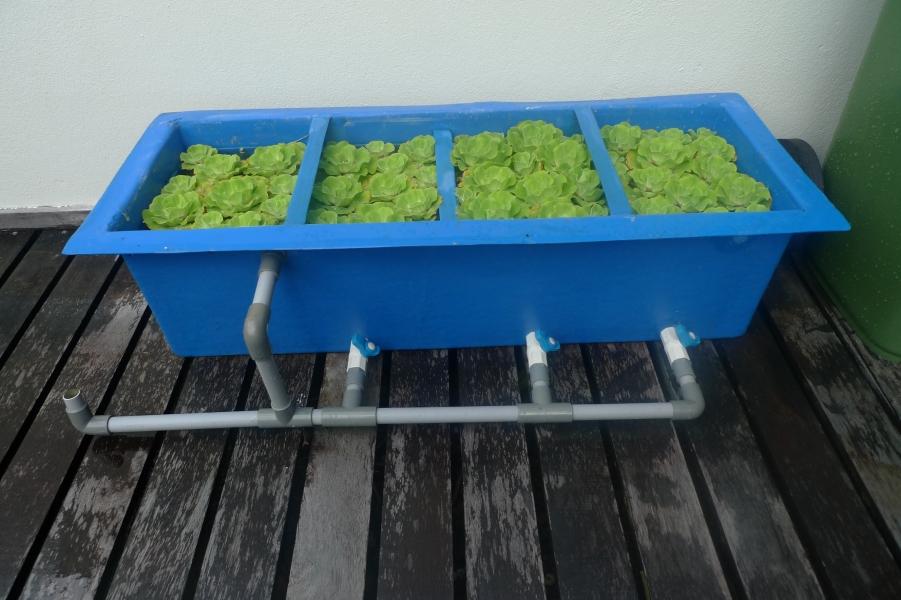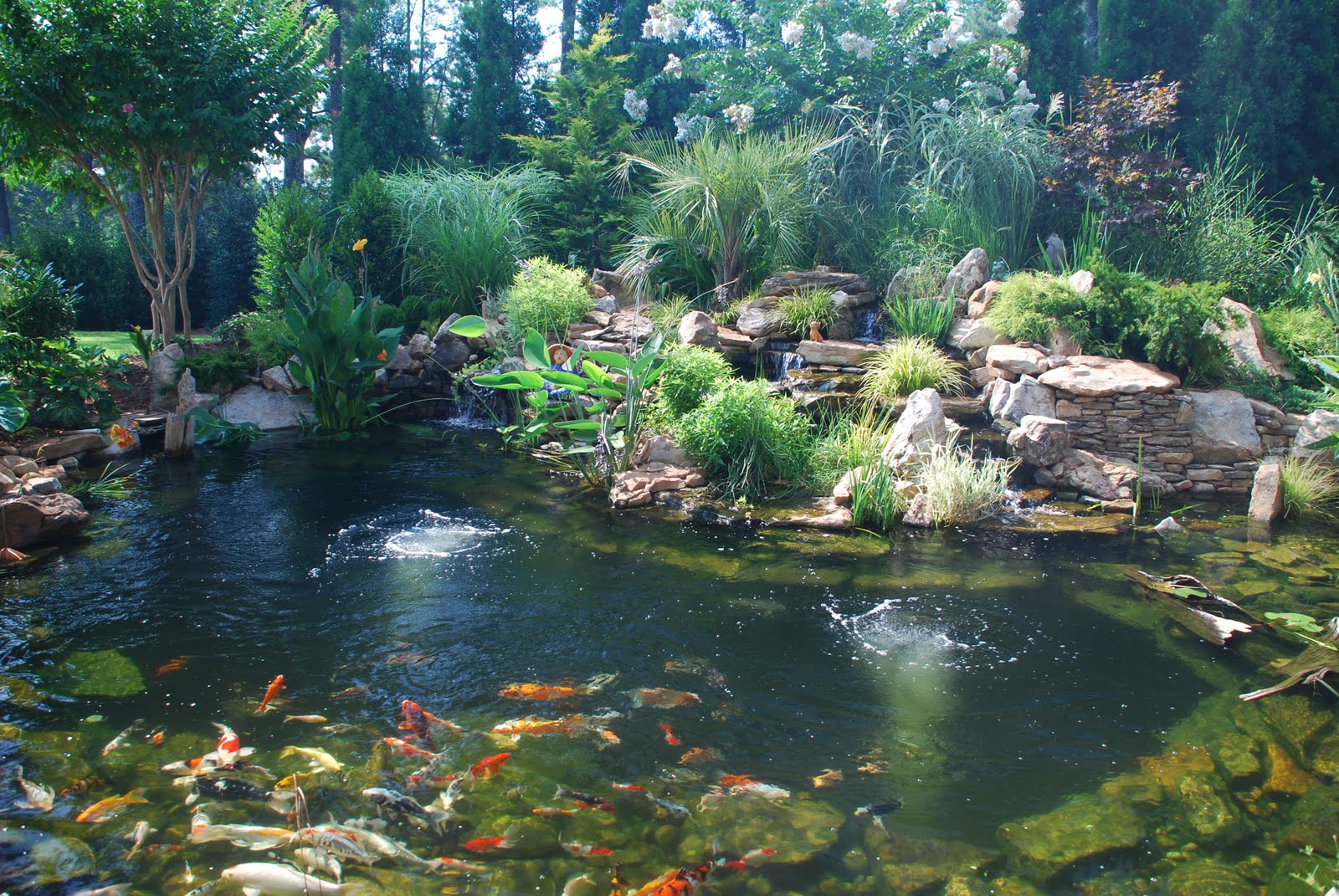
Adding a Filter to Your Koi Pond: The Ultimate Guide
Why You Need a Filter in Your Koi Pond
Koi ponds are beautiful additions to any backyard, but they require a certain amount of maintenance to keep the water clean and healthy for your fish. One of the key components of a healthy pond is a filtration system, which helps to remove excess waste and debris from the water. Without a good filtration system, the water in your koi pond can quickly become cloudy and filled with harmful bacteria.

Choosing the Right Filter for Your Koi Pond
When it comes to choosing a filtration system for your koi pond, there are a few factors to consider. The first is the size of your pond - larger ponds will typically require more advanced filtration systems to keep the water clean. Additionally, you’ll want to consider the number of fish in your pond and the amount of waste they produce. Finally, you’ll need to decide whether you want a mechanical, biological, or combined filtration system.
Mechanical Filtration
Mechanical filtration systems work by physically removing debris and waste from the pond water. This often involves the use of a filter pad or mesh that traps larger particles as they flow through the system. Mechanical filtration is generally the first stage of a filtration system and helps to reduce the load on the other components.

Biological Filtration
Biological filtration systems rely on the natural processes of beneficial bacteria to break down fish waste and remove harmful toxins from the water. These systems typically involve the use of a biological filter, which may be located above or below the waterline.

Combined Filtration
Combined filtration systems incorporate both mechanical and biological filtration techniques to provide comprehensive cleaning of the pond water. These systems often involve multiple stages, with each stage removing a different type of debris or waste from the water.

Installing Your Koi Pond Filter
Once you have chosen the right filtration system for your koi pond, it’s time to install it. The installation process will vary based on the type of system you have chosen, but there are a few general guidelines to follow.
Location
The location of your filter is important for two reasons - it needs to be easily accessible for maintenance, and it needs to be positioned to create proper water flow throughout the pond. Generally, your filter should be located near the pond’s water inlet and outlet points, and should be positioned at an elevation that allows for easy access.
Plumbing
If your filtration system requires plumbing, it’s important to make sure that all connections are secure and watertight. Additionally, you’ll want to make sure that the plumbing is sized appropriately for the flow rate of your system to prevent any backups or blockages.
Electrical
Some filtration systems require electrical connections, such as pumps or UV sterilizers. When installing electrical components, it’s important to follow all safety guidelines and make sure that all connections are secure and properly grounded.
Maintaining Your Koi Pond Filter
Installing a filtration system in your koi pond is just the first step - you’ll also need to maintain it to ensure that it is working properly. Here are a few tips for maintaining your koi pond filter:
Clean the Filter Regularly
Over time, the mechanical filter components of your filtration system will become clogged with debris and waste. To prevent this from happening, it’s important to clean your filter regularly. For most systems, this will involve removing the filter pads or mesh and rinsing them with a garden hose. Be sure to follow the manufacturer’s instructions for your specific system.

Maintain Proper Water Flow
Your filtration system relies on proper water flow to function correctly, so it’s important to make sure that the flow rate remains consistent. This may involve periodically adjusting the pump or making sure that the plumbing remains clear and unobstructed.
Consider Adding Beneficial Bacteria
In addition to mechanical and biological filtration, you can also help to maintain water quality in your koi pond by adding beneficial bacteria. These bacteria can help to break down excess waste and reduce harmful toxins in the water. You can purchase beneficial bacteria supplements at most pet stores or online.

Conclusion
Adding a filter to your koi pond is an essential step in maintaining its water quality and keeping your fish healthy. By choosing the right filtration system, installing it properly, and maintaining it regularly, you can enjoy a clear and beautiful pond for years to come.